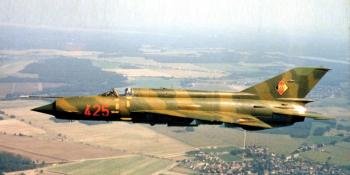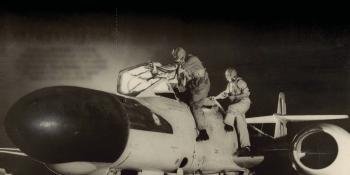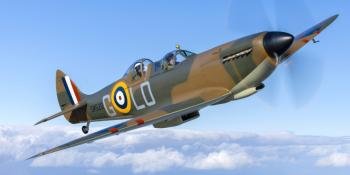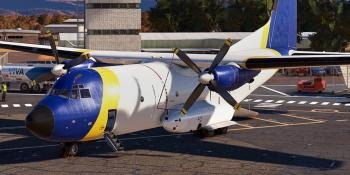The East German Air Force’s MiG-21s were key to the defence of the GDR. Doug Gordon continues the story of their Cold War operations and hears how it might have fared against its Luftwaffe counterparts.
One day in the autumn of 1976 Luftstreitkräfte der Nationalen Volksarmee (LSK-NVA) MiG-21 pilot Michael Wegerich was on a training flight to practice daytime interception. He was vectored to what he was told was an unknown target. The aircraft to his surprise turned out to be a MiG-23. Unknown to Michael and his squadron, the MiG-23 had been flying with fighter wing (Jagdgeschwader) JG 9 at Peenemünde for two years. There was great secrecy within the LSK and throughout the Warsaw Pact forces – pilots and other personnel operated strictly on a need-to-know basis. This was to avoid the inadvertent dissemination of information regarding the structures, capabilities, plans and intentions of the forces, as well as details regarding modern weapons and command systems. Such secrecy, though deemed essential, had the drawback of the possibility of shooting down one of your own aircraft.
Operations against helicopters were an important part of the training undertaken by the pilots. Tactics were developed and pr…








